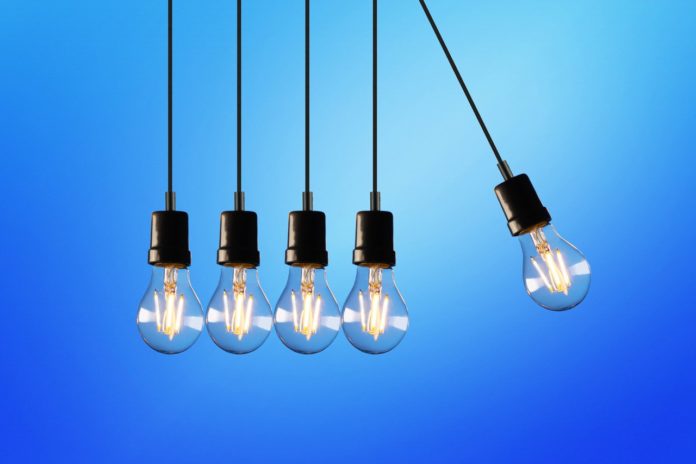1. Replace Your Water Heating System
There are two primary types of gas-powered hot water systems: immediate and storage (also known as continuous flow). Instantaneous systems heat water just when needed, whereas gas storage systems retain water heated in an insulated storage tank. Especially in cold areas, storage systems are inefficient because it is impossible to insulate the spot where the gas flame is heating the tank. Therefore, transitioning from storage to immediate should be considered. Always take out boiler care to ensure that your boiler is working efficiently. Take a look at the plans available at Corgi Home Plan.
2. Insulate To Prevent Heat Loss
Even if hot water tanks are insulated, there is always heat loss, especially when water moves from the tank to the taps. Insulating the system’s associated water pipes can assist decrease this and save money.
3. Reduce Your Hot Water’s Temperature
Some individuals want to have extremely hot water flowing out of their gas hot water system, but they must then combine cold water with the hot water to bring it to the right temperature for use. That implies you have just squandered energy by heating your water beyond what is necessary. Try slightly lowering the thermostat on your gas-powered hot water system.
4. Install An Efficient Showerhead
In the same way that showers use significantly less water than baths, low-flow showerheads provide a more pleasurable shower while consuming less water than regular showerheads. Also, ensure that all taps are shut off correctly and that any leaks are repaired. You’d be surprised at how much water even the smallest leak wastes every month.
5. Upgrade To More Efficient Appliances
The Water Efficiency Labelling and Standards program of the Australian government offers a star grade evaluating the water consumption of various appliances. If the device utilizes hot water heated by gas, using less water naturally results in less heating and reduced gas use. Consider upgrading to energy-efficient appliances with a better star rating.
6. Launder Your Garments In Cool Water
Manufacturers of washing machines and detergents have long made their machines and powders or liquids equally efficient when used with cold or hot water. If you can’t convert to cold water washing, at least wash your garments only when they’re completely full (or adjust your water level to suit the volume of clothes being washed).
7. Locate The Button For The Economy Mode On Your Dishwasher
The majority of dishwashers offer a setting that washes dishes at a lower temperature. Most individuals have no idea! If yours doesn’t, replace it with one that does, and make sure it has a high energy efficiency rating. Try to run the dishwasher just when it’s full, regardless of the brand or setting; otherwise, you’re washing the dishwasher more than the dishes!
8. Keep The Heat Within The Oven
Regularly inspect the seals surrounding your oven’s door, since any heat that escapes via worn or broken seals means more heat is required to cook your food. Keeping the oven door closed while cooking is also an excellent strategy to maximize heat and prevent heat loss. Meanwhile, gas ovens heat up rapidly, so you may skip the preheating step required by most recipes for electric ovens!
9. Get Better Pots And Pans!
If you are cooking with ancient pots and pans, especially ones made of less conductive metals, you may be consuming more heat than required. A tight-fitting cover may save a significant amount of energy when boiling, while a round-bottomed pan permits the flame to cook food more efficiently. And here’s a clever trick: just before the meal is fully done, switch off the gas and let the residual heat to finish cooking the dish.
As you can see, these nine simple tips are more than enough to help your household save a considerable amount and energy and eventually begin to lower your bill. Simply take one tip from this list and implement it today , that is all it takes to begin to change your energy consumption.








